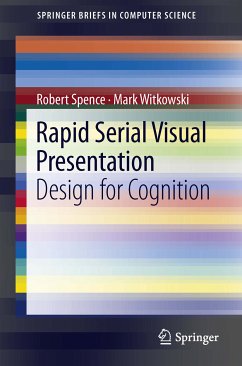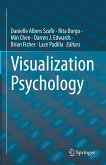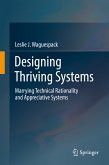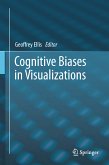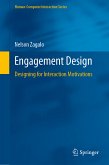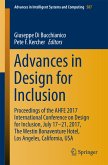Advances in computation and graphics processing allow RSVP to be applied flexibly and effectively to a huge variety of common tasks such as window shopping, video fast-forward and rewind, TV channel selection and product browsing. At its heart is a remarkable feature of the human visual processing system known as pre-attentive processing, one which supports the recognition of a known image within as little as one hundred milliseconds and without conscious cognitive effort.
Knowledge of pre-attentive processing, together with extensive empirical evidence concerning RSVP, has allowed the authors to provide useful guidance to interaction designers wishing to explore the relevance of RSVP to an application, guidance which is supported by a variety of illustrative examples.
Dieser Download kann aus rechtlichen Gründen nur mit Rechnungsadresse in A, B, BG, CY, CZ, D, DK, EW, E, FIN, F, GR, HR, H, IRL, I, LT, L, LR, M, NL, PL, P, R, S, SLO, SK ausgeliefert werden.

